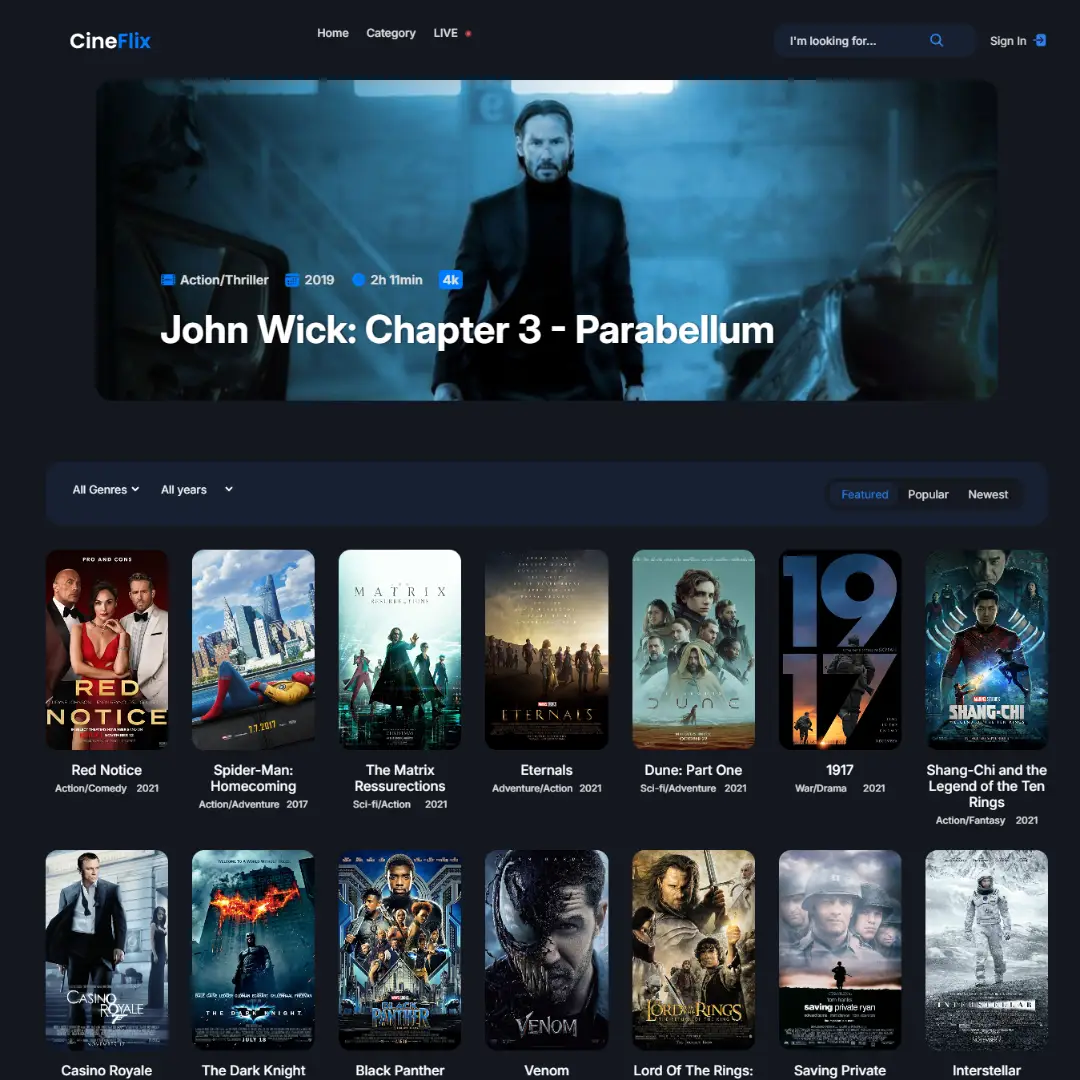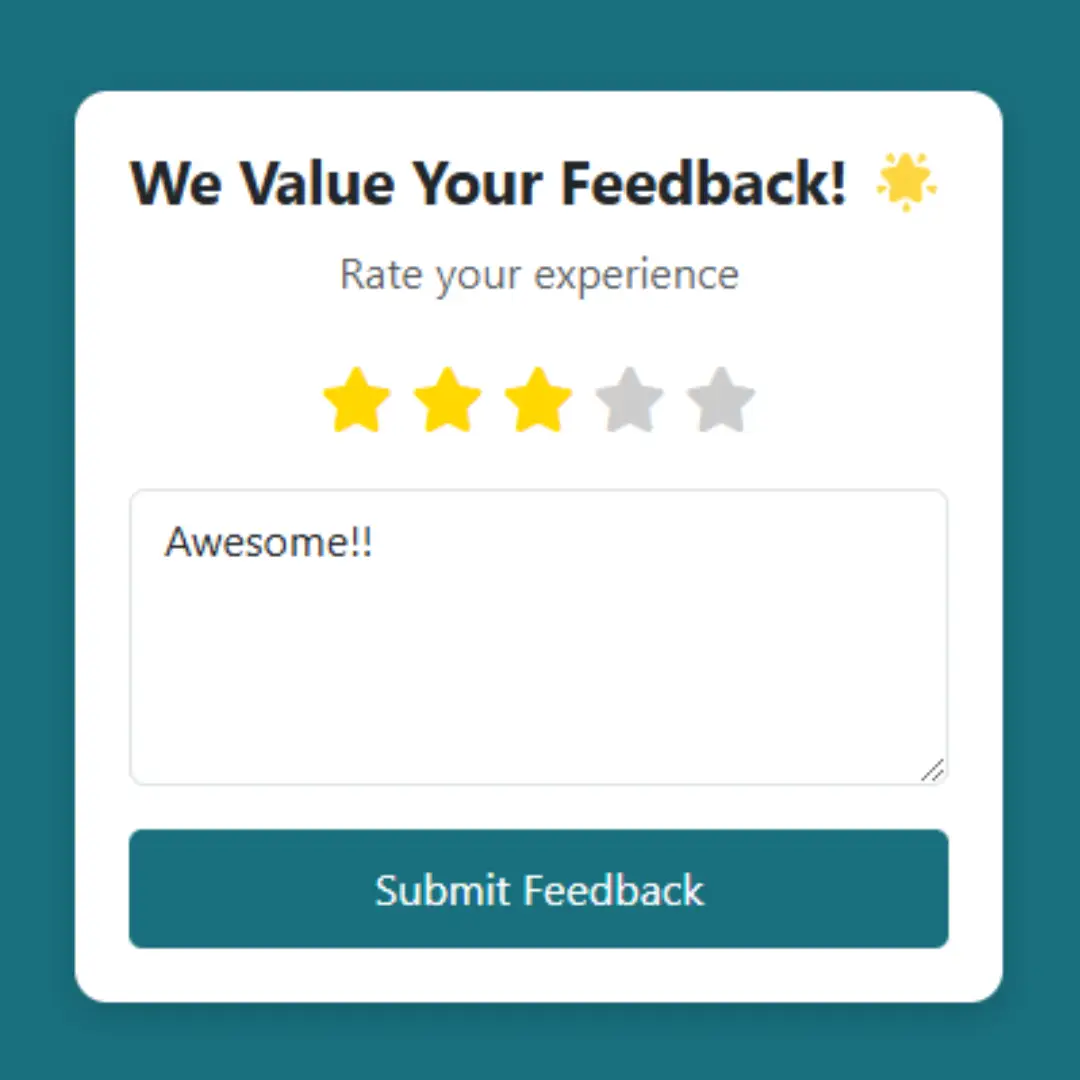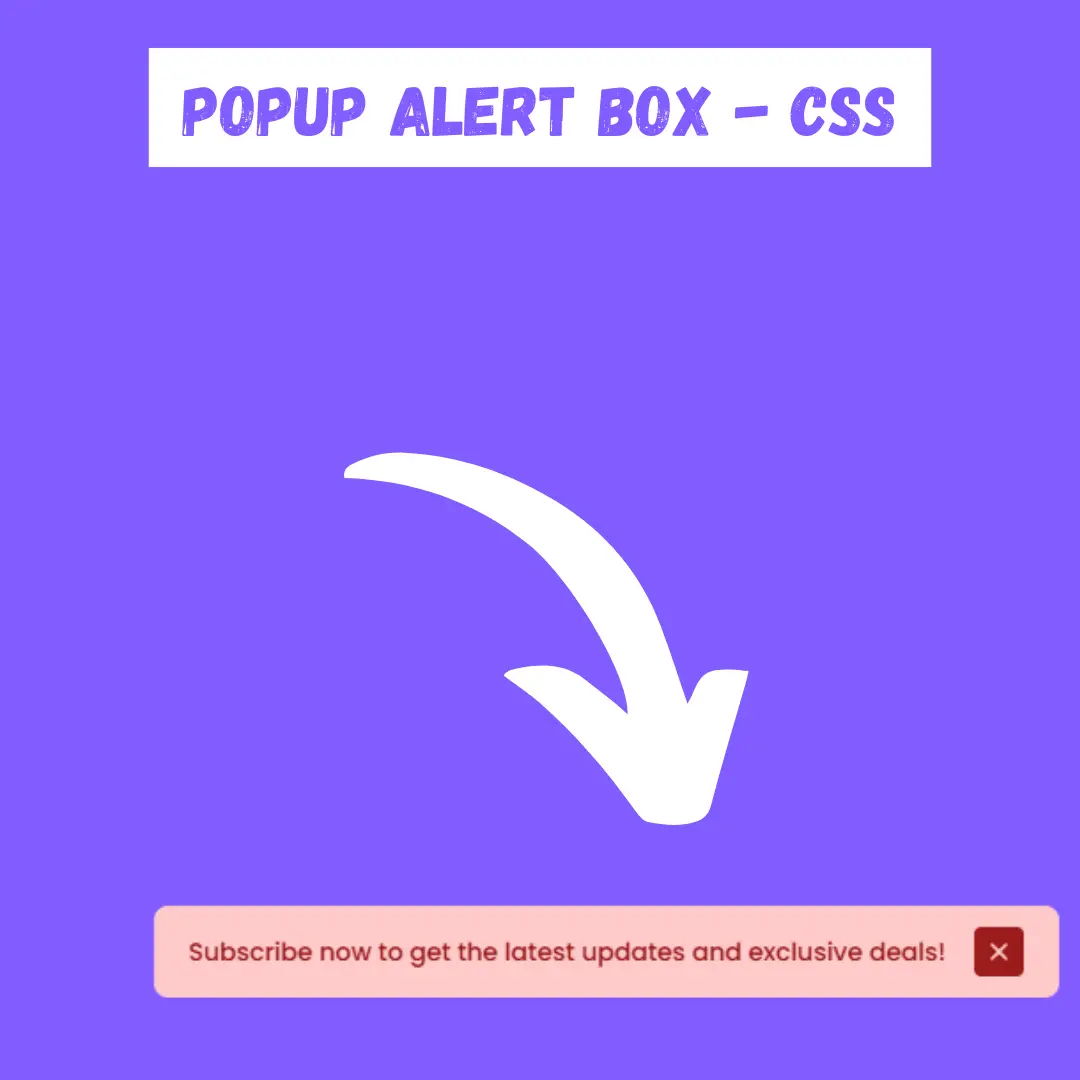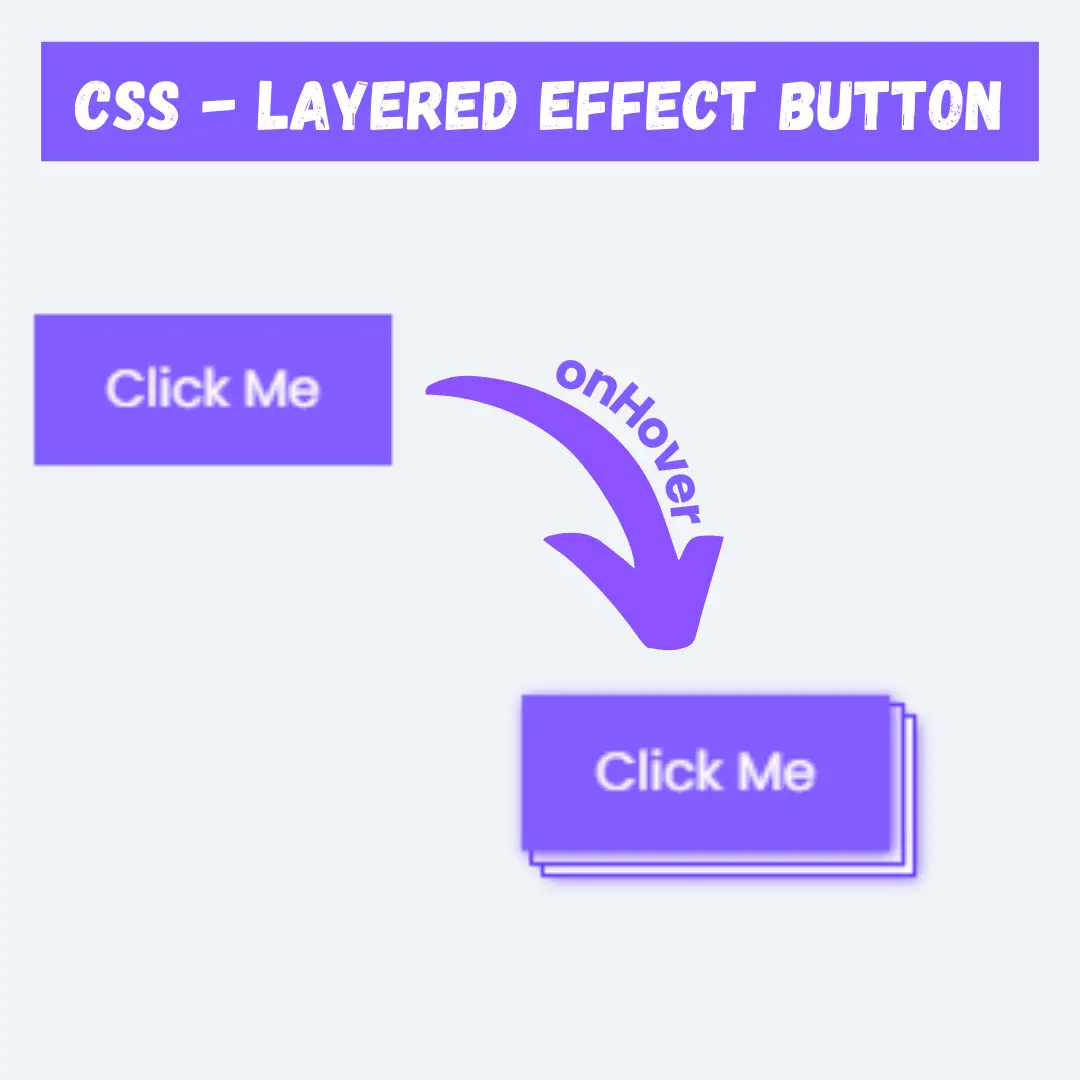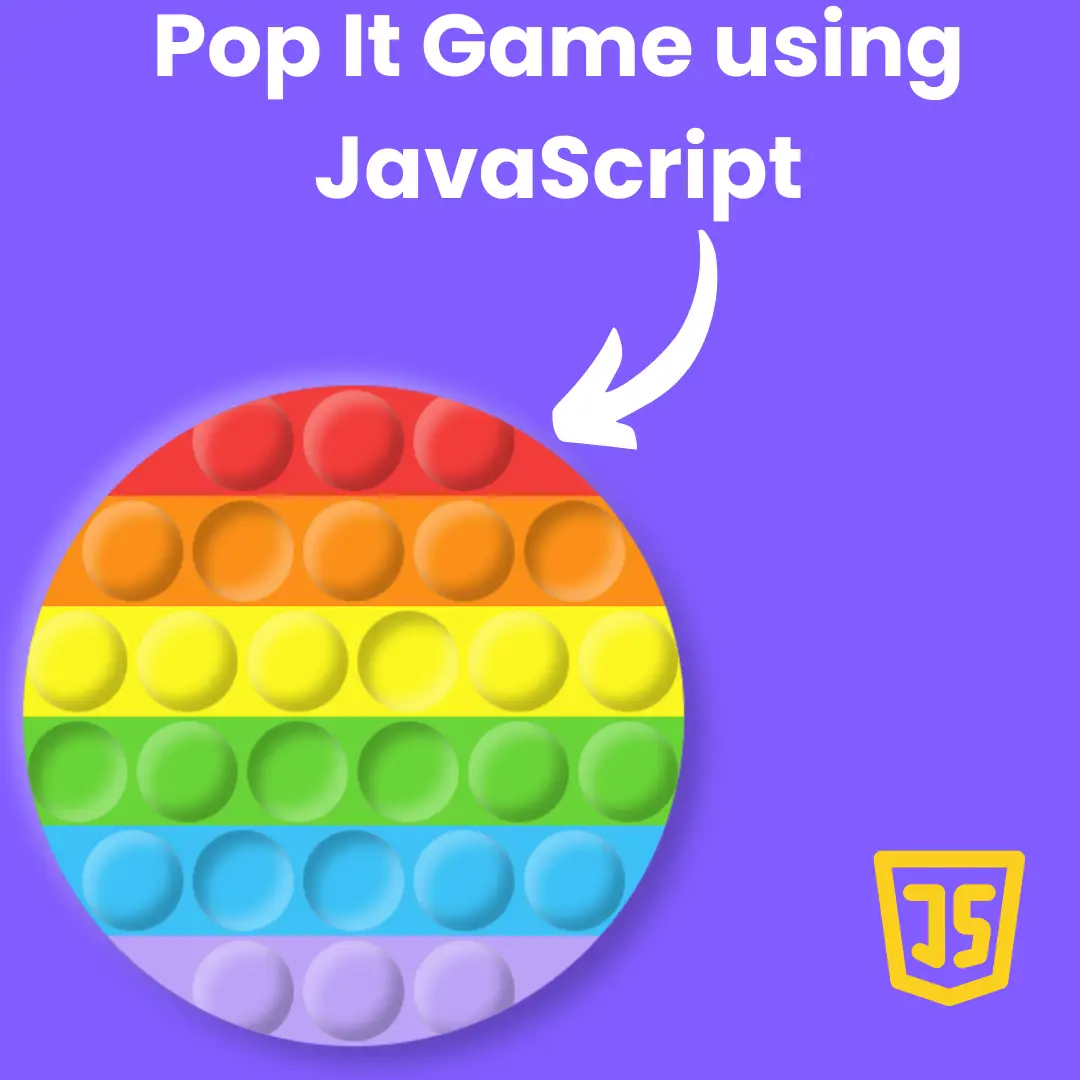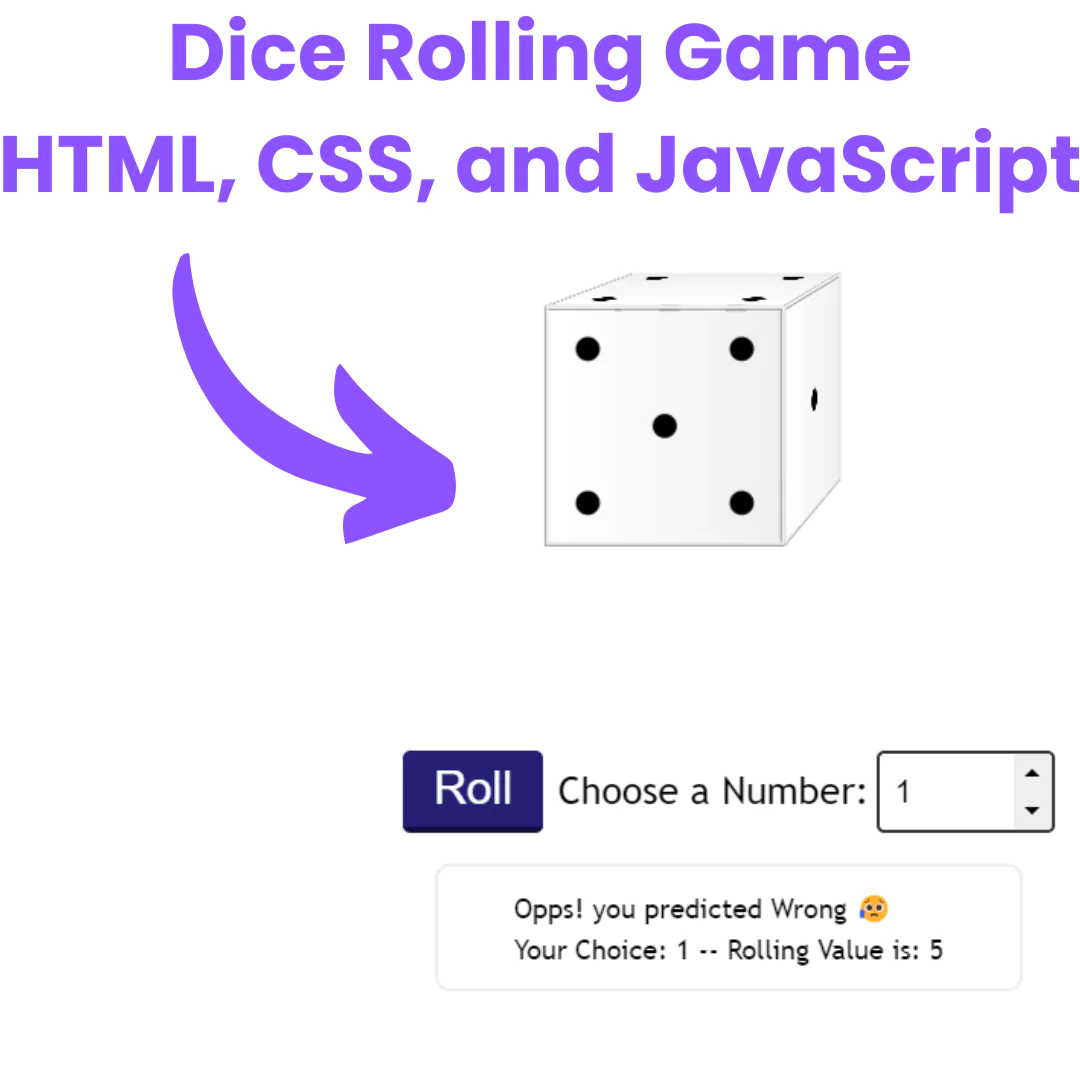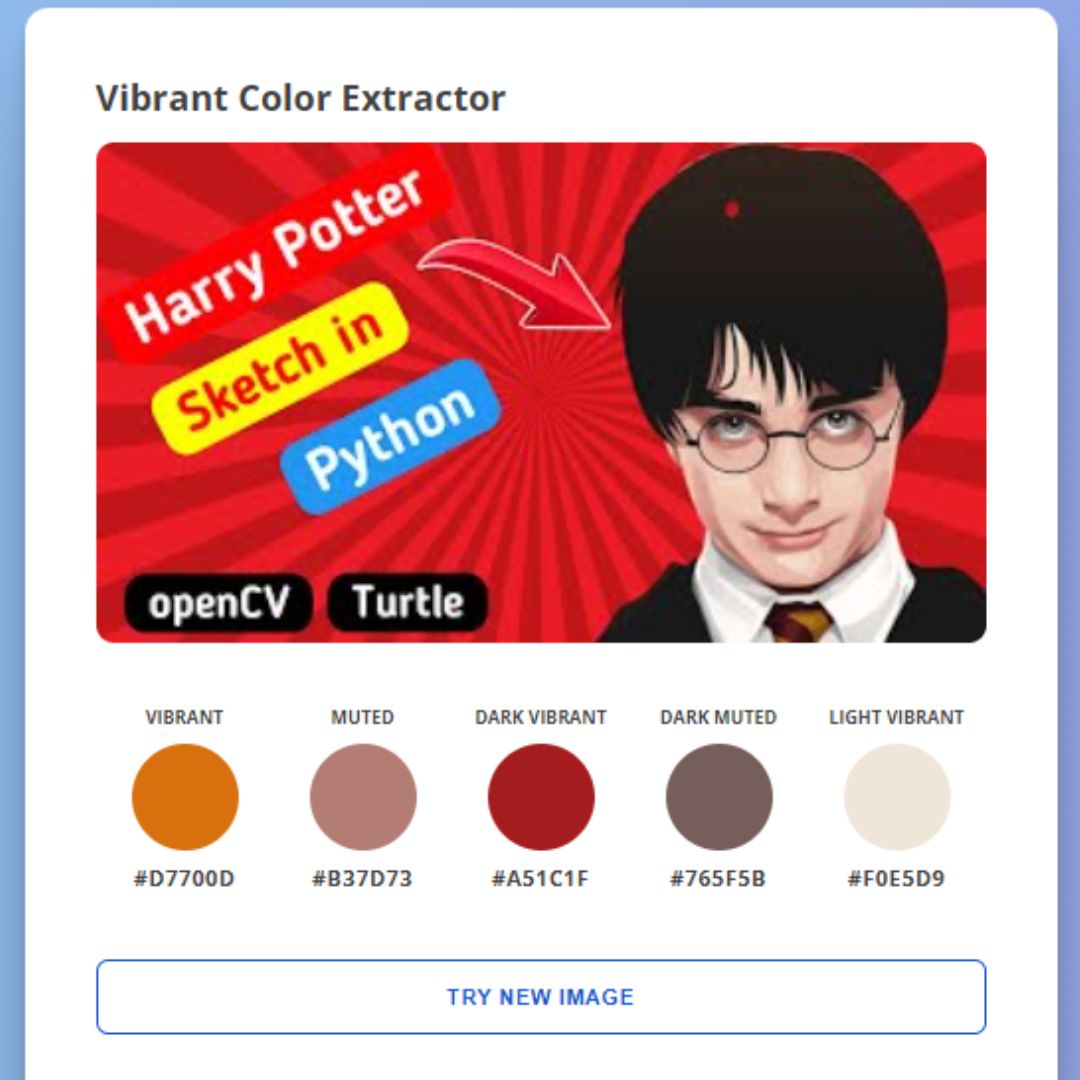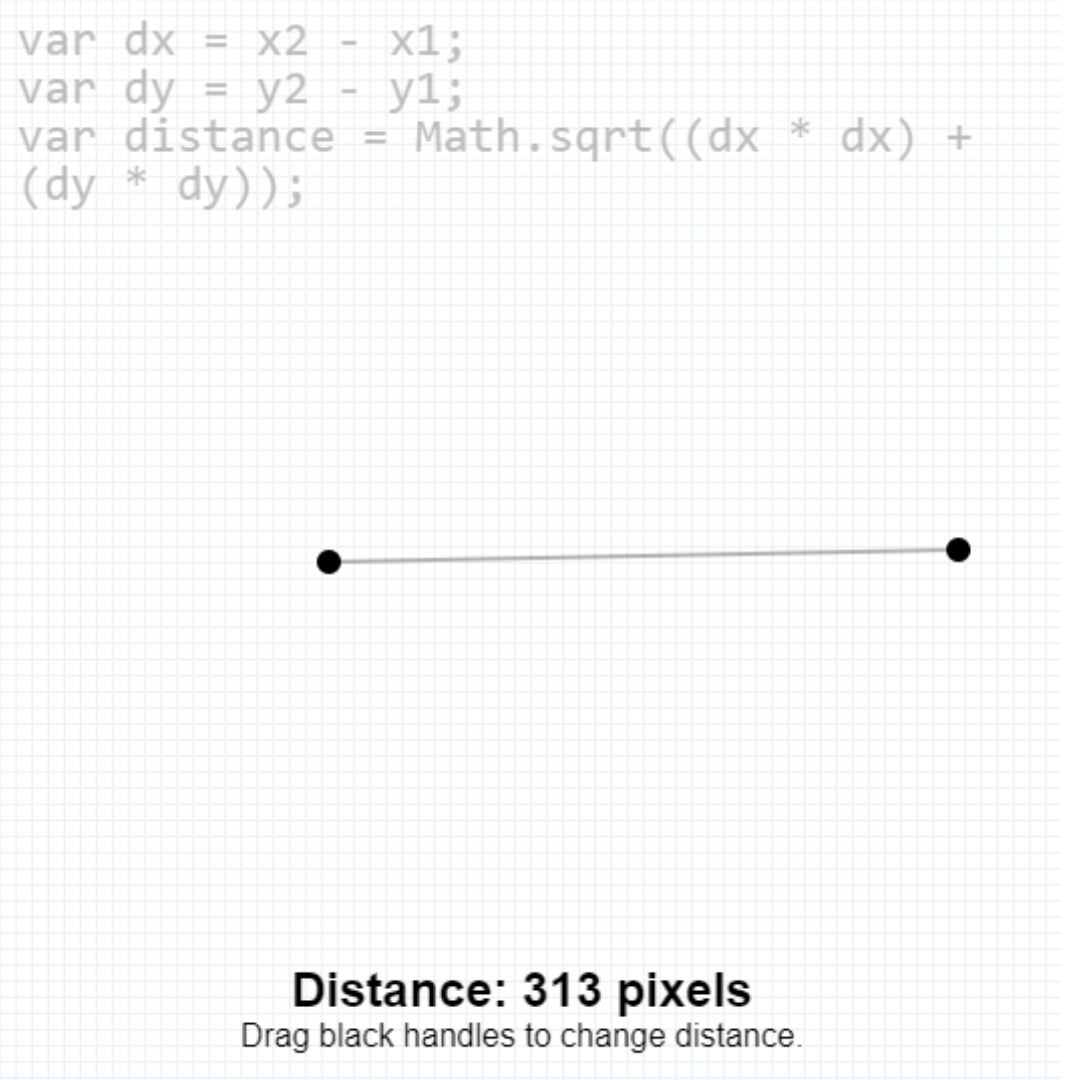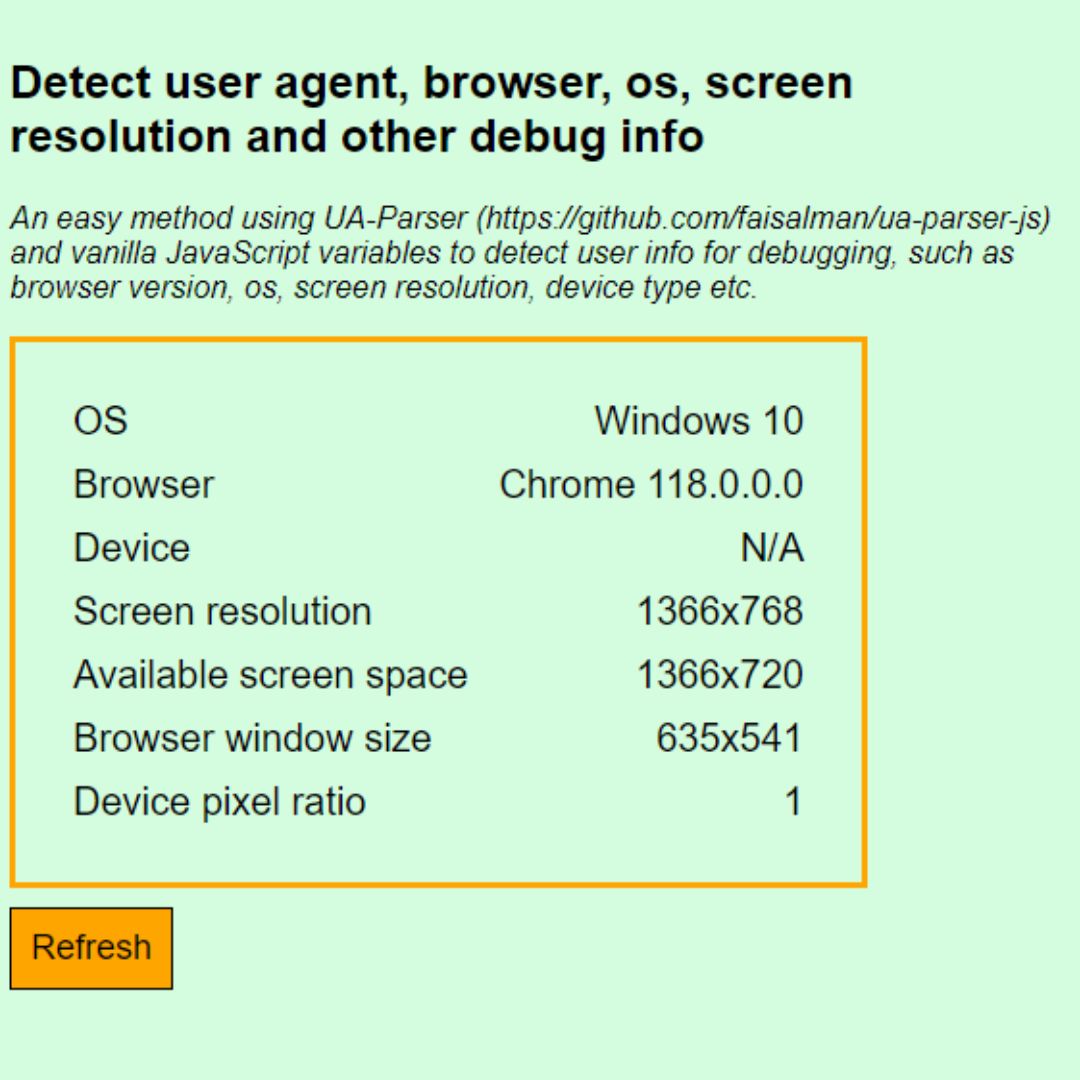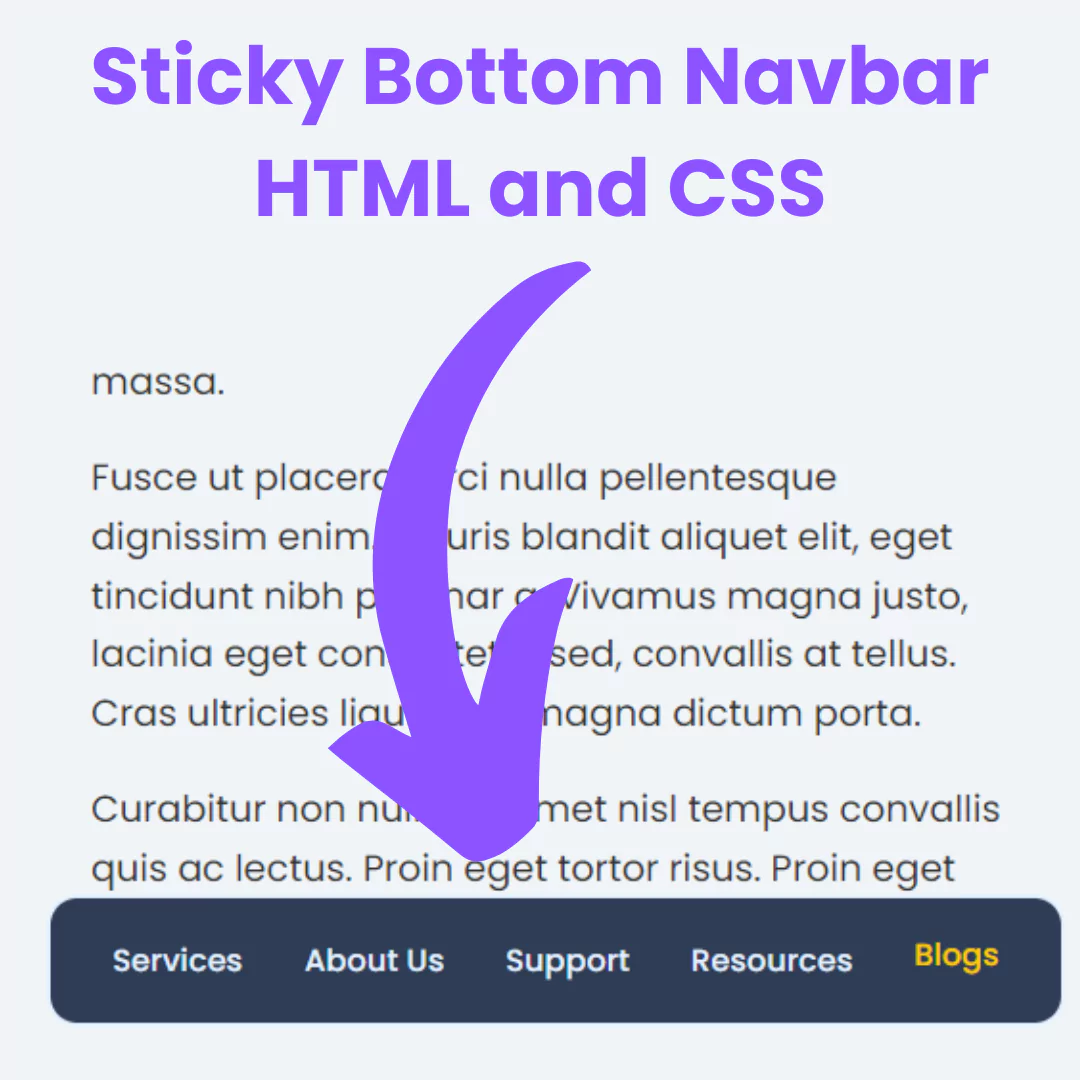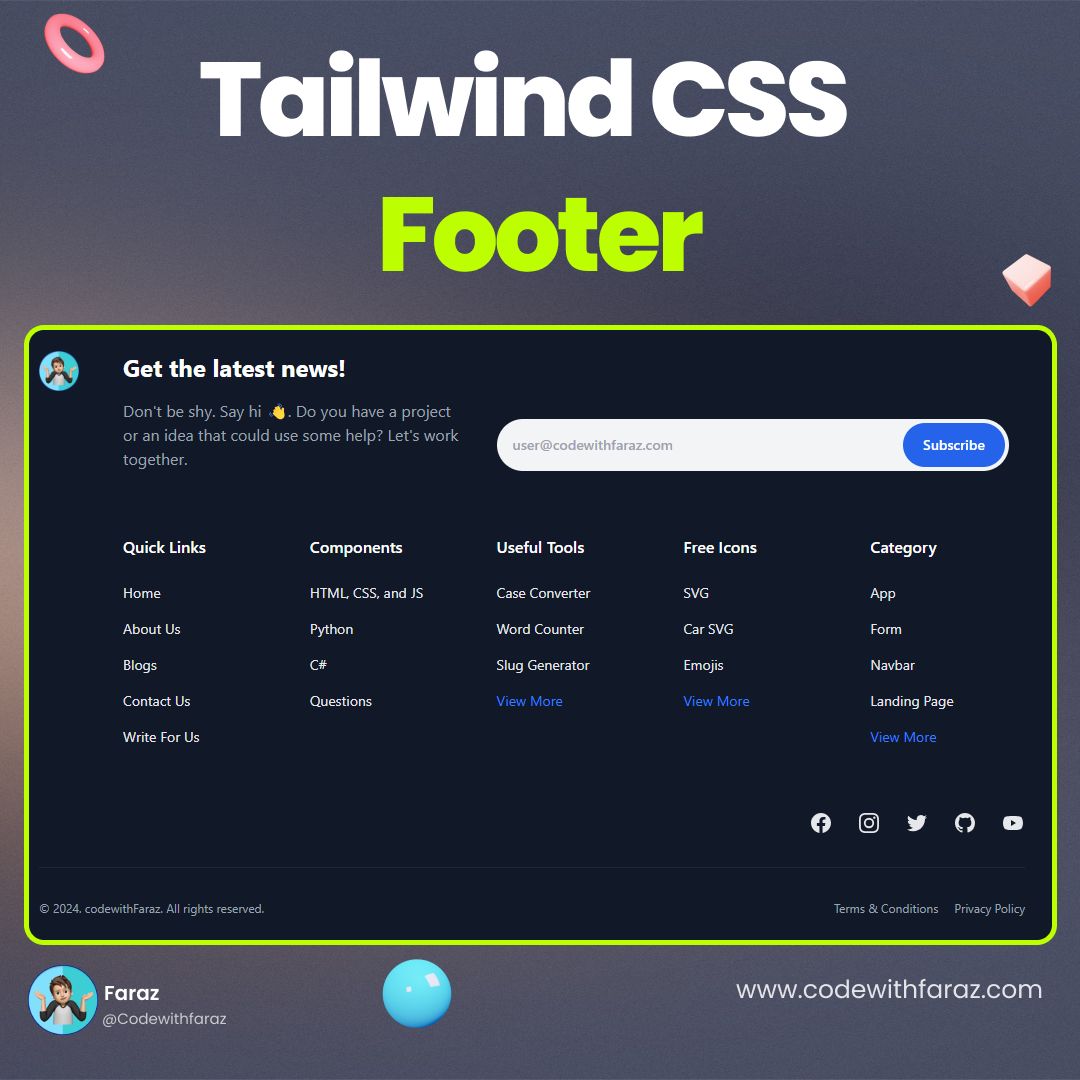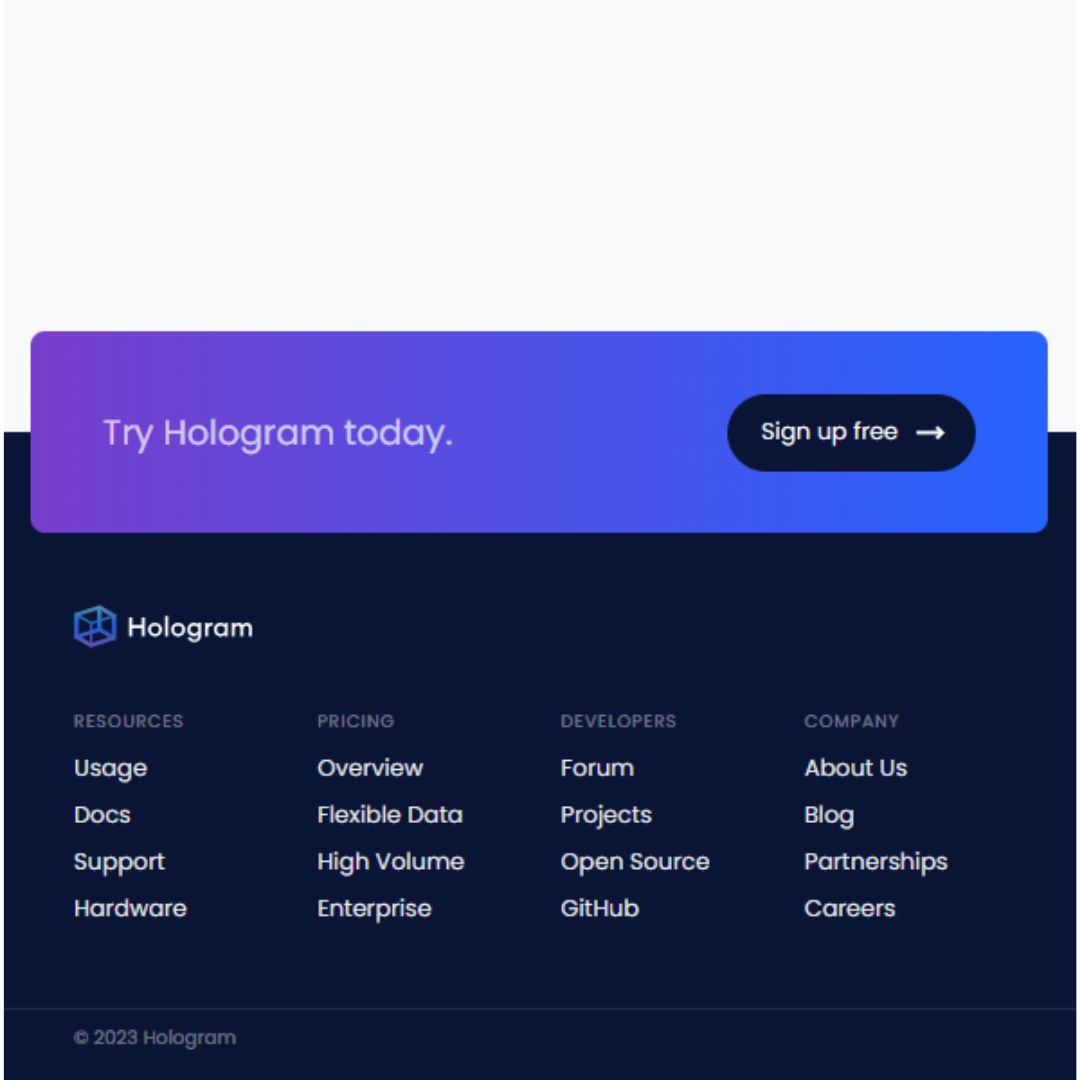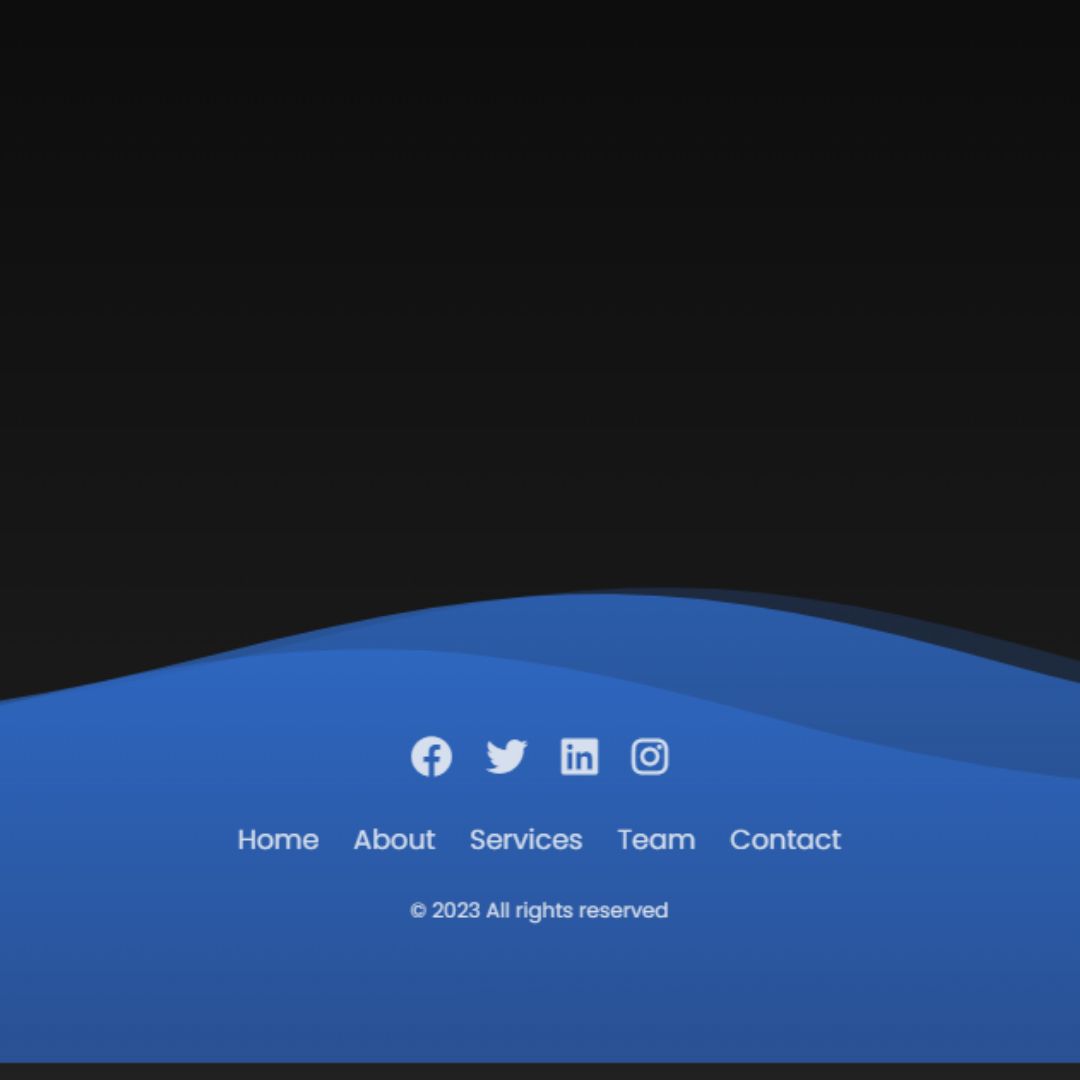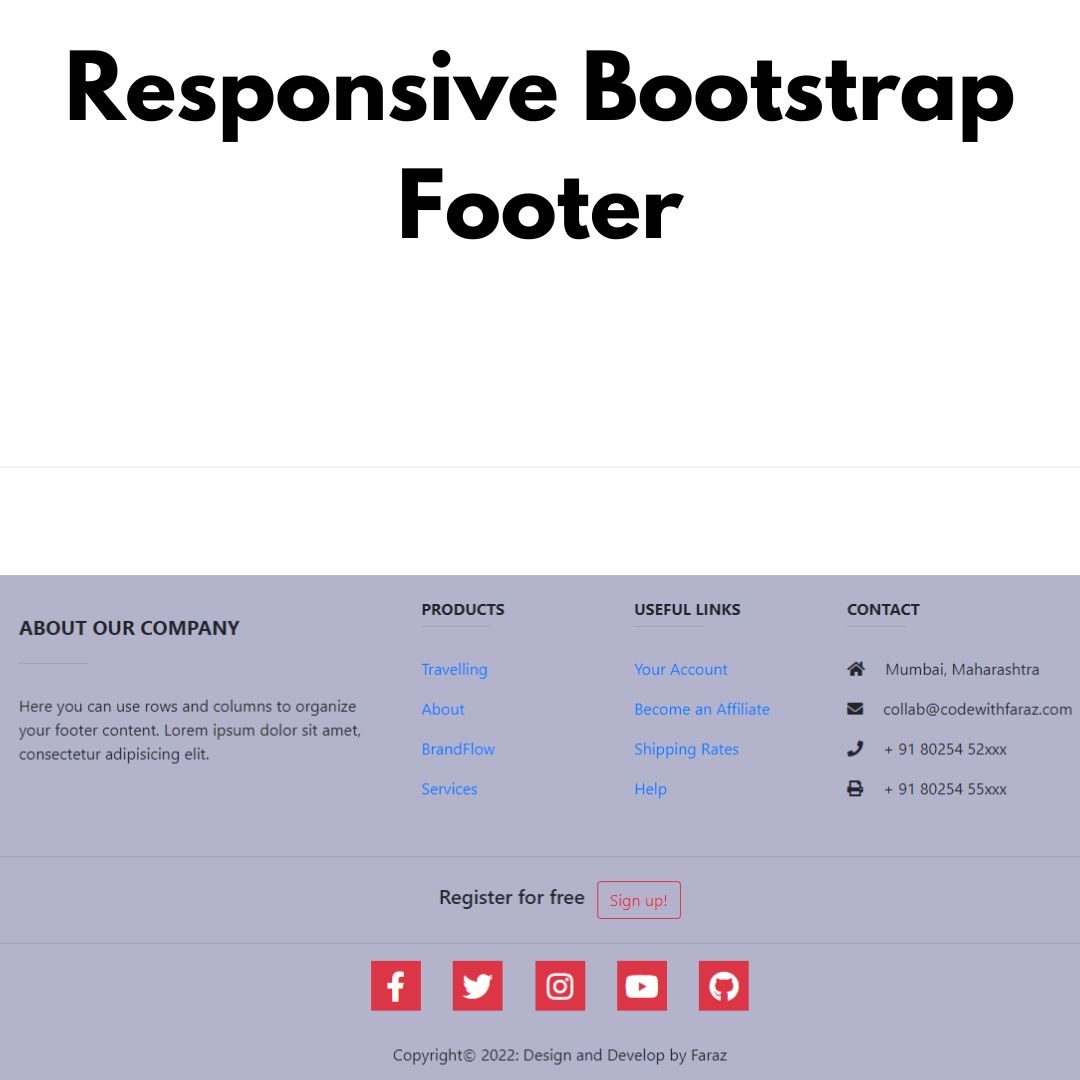The article introduces the readers to Object-Oriented Programming (OOPs), which is when programmers identify individual tasks or pieces of a larger program and break them into separate objects that interact with each other through well-defined methods.

Object-oriented programming (OOP) is a software development paradigm that emphasizes the use of objects, which are self-contained, reusable components. OOP has several benefits over traditional programming techniques, including improved code clarity and maintainability. In this article, we provide a brief introduction to OOP and illustrate its use in a simple example.
What is Object-Oriented Programming?
Object-Oriented programming is a programming paradigm in which classes and objects are used to modularize code and make it more reusable. A class is a template for creating new instances of a specific type, and objects are collections of properties and methods that can be accessed by name. This makes it easier to track what’s happening in your code, as well as to reuse it across different projects.
One of the main benefits of object-oriented programming is that it can make your code easier to read and understand. It also makes it easier to change or update parts of your code without having to rebuild it all from scratch. Finally, object-oriented programming is often faster than traditional programming techniques.
Features of OOP
Here are some of the features of OOP:
- Objects can contain both data and behavior.
- Objects are defined by their properties and methods, which can be accessed through the object's instance variable or method names.
- Classes can be created to group together related objects, and instances of these classes can be instantiated to create new objects with the desired properties and methods.
- Inheritance allows one class to inherit the properties and methods of another class, which is useful for creating complex object hierarchies.
- encapsulation allows objects to keep private information within themselves, which protects the data from being accessed by other parts of the program without permission.
- polymorphism enables different types of objects to be treated the same way based on their type, which makes code more flexible and easier to read.
Types of OOP Methods
There are five common types of OOP methods: instance methods, class methods, static methods, constructor method, and destructor method.
Instance methods are called on an object instance, while class methods are called on a class. Static methods are called on a class but not on an object instance.
constructor method is executed when an object is created, while destructor method is executed when an object is destroyed.
Why use OOPs?
One of the most important reasons to use object-oriented programming is that it allows developers to create more modular and reusable code. When used correctly, this can lead to faster and more efficient software development. Additionally, object-oriented programming makes it easier to communicate with other programmers, as each class can have its own set of properties and methods.
Benefits of Using OOPs
In recent years, object-oriented programming (OOP) has become a popular way of programming. OOP is a design approach that allows programmers to create software using modularity and reuse. This can lead to more efficient and reliable programs. Here are some of the benefits of using OOP:
Modularity: When programs are written in an OOP style, they are easier to understand and maintain because they are divided into smaller parts. This makes it possible to change or add functionality to a particular part of the program without affecting the rest of it.
Reusability: Objects can be reused in different programs, which can save time and resources. For instance, if you create an object that represents a customer account in one program, you can use that same object in other programs as well.
Efficient use of resources: When objects are used correctly, they can take advantage of the resources available on a computer system. This can result in faster and more efficient Execution Times (ET).
Pros and Cons of OOP
OOP is often seen as a more efficient and user-friendly way of writing code, as well as reducing the chance of errors. However, there are some key pros and cons to taking this approach to software development.
The main pros of OOP include the following:
- Objects can be reused across multiple programs or projects, resulting in decreased development time and lower costs.
- OOP makes it easier to understand and debug code, as all objects are clearly defined and modularized.
- By separating the data (the object's properties) from the code (the object's behavior), OOP allows for more flexibility and customization when developing applications.
However, there are also some key cons to taking this approach to software development:
- OOP can be complex and difficult to learn, especially if you're new to coding.
- Code written in an OOP language may not be immediately accessible to non-programmers.
Conclusion
Object-oriented programming (OOP) is a popular programming paradigm that allows you to create software applications by organizing code into objects. These objects contain state and behavior, which makes them reusable in different contexts. By understanding how OOP works, you can write more modular code and make your programs easier to maintain. In addition, using OOP can help you solve problems more effectively by allowing you to reuse existing code patterns. So if you're looking for an effective way to organize your codebase, or want to improve the efficiency of your programs, consider learning about OOP.
That’s a wrap!
Thank you for taking the time to read this article! I hope you found it informative and enjoyable. If you did, please consider sharing it with your friends and followers. Your support helps me continue creating content like this.
Stay updated with our latest content by signing up for our email newsletter! Be the first to know about new articles and exciting updates directly in your inbox. Don't miss out—subscribe today!
If you'd like to support my work directly, you can buy me a coffee . Your generosity is greatly appreciated and helps me keep bringing you high-quality articles.
Thanks!
Faraz 😊





